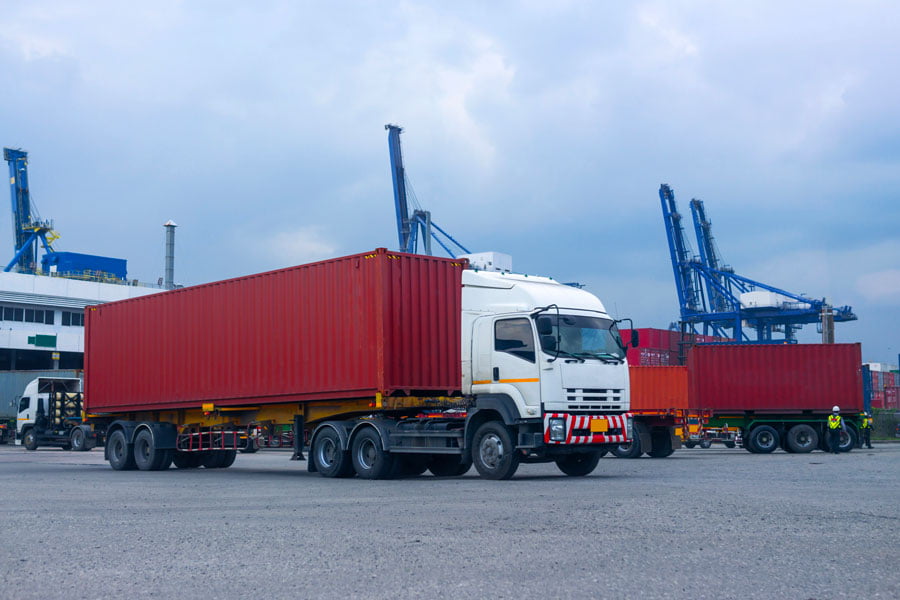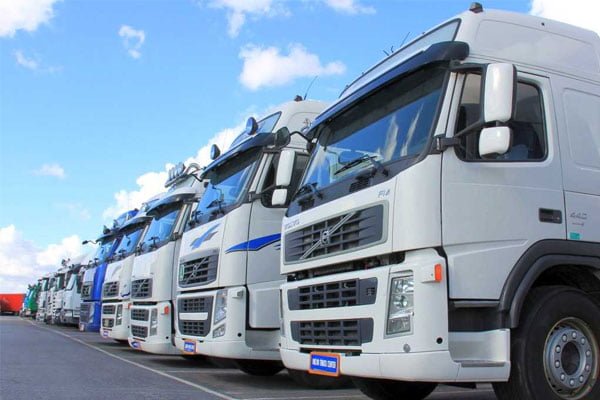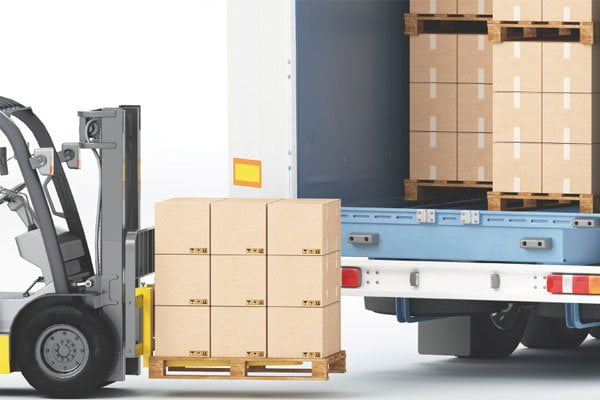The acronym ADR comes from the French language and stands for “Accord européen relatif au transport international des marchandises Dangereuses par Route,” translated into our language, it means “European Agreement Concerning the International Carriage of Dangerous Goods by Road.”
It is a text composed of a set of technical standards, written at the international level, designed to prevent risk during loading, unloading and
transport of goods
and hazardous substances.
Dangerous goods and substances are defined as those that, by their nature, can create harm to the environment and human health.
ADR regulations.
The adr dangerous goods transport regulation has been in force since 1965 and includes 45 countries, it is an agreement in which all mandatory requirements and directions for the safe transport of dangerous goods are set out.
The document also lists dangerous goods whose international transport is prohibited, as well as those for which, however, it is authorized. The text of the ADR consists of 17 articles and is updated every two years, taking into account technological development and new requirements in the transport sector.
The ADR agreement is based on the UN Recommendations, made by a committee of experts and approved by the UN Social Economic Council.
The most recent version of the ADR is from 2019, produced by the WP.15 working group of the ECE/UN Inland Transport Committee.
ADR classification of dangerous goods
ADR classification divides goods into hazard classes, and each individual material has a specific identification code ( UN number) that is used to easily identify it and immediately understand all the hazards associated with it.
There are 13 ADR hazard classes:
- Class 1, explosive materials and articles;
- class 2, gas;
- Class 3, flammable liquids;
- Class 4.1, flammable solids, self-reactive materials and desensitized solid explosives;
- Class 4.2, materials subject to spontaneous ignition;
- Class 4.3, substances which, in contact with water, develop flammable gases;
- Class 5.1, Oxidizing materials;
- Class 5.2, organic peroxides;
- Class 6.1, toxic materials;
- Class 6.2, infectious matter;
- Class 7, radioactive materials;
- Class 8, corrosive materials;
- Class 9, miscellaneous products.
The ADR dangerous goods regulations indicate that in the presence of dangerous goods and according to the natureof the hazard involved, they must be properly marked by specific labels or unified plates affixed to the vehicle, such as the truck and tractor-trailer, so as to make their immediate identification.
In addition, orange rectangular panels must be displayed outside the vehicle to warn of the hazard or even to identify the specifics of the hazard.
Persons involved in the transportation of dangerous goods
The ADR transportation process involves various parties who, must all comply with the obligations and responsibilities outlined within the ADR document. Responsibilities are also renewed every two years.
The 7 subjects involved are:
- consignors;
- carriers;
- recipients;
- magazines;
- packers;
- fillers;
The ADR agreement (1.8.3.1) states: “every enterprise, whose activity involves transportation of dangerous goods, or packing, loading, filling or unloading operations, related to such transportation, shall designate one or more safety advisors for the transportation of dangerous goods, hereinafter referred to as “advisors,” to facilitate the work of preventing risks to persons, property or the environment inherent in such activities.”
The ADR consultant is a figure born with EC Directive 96/35, transposed in Italy by Legislative Decree 40/2000, later replaced by 35/2010, who must have a perfect knowledge of the ADR directives and all the risks associated with the transport and loading and unloading of dangerous goods .
All individuals involved in handling and transporting ADR goods must undergo mandatory training based on the responsibilities of their function.
But that is not enough, in addition to the training course, one must attend periodic refresher courses to learn about changes and innovations within the industry.








